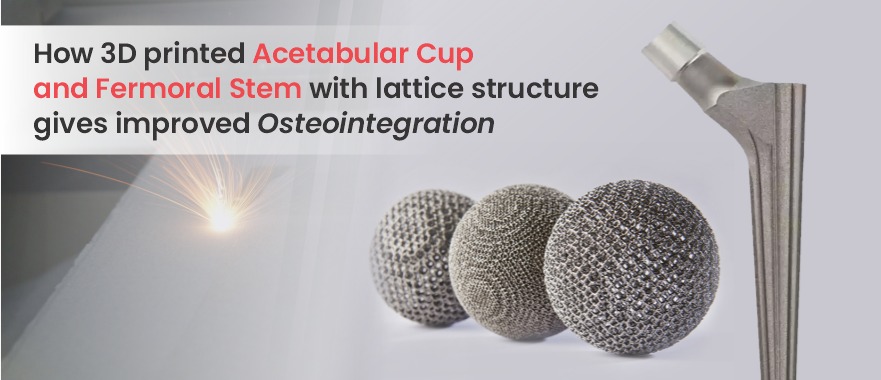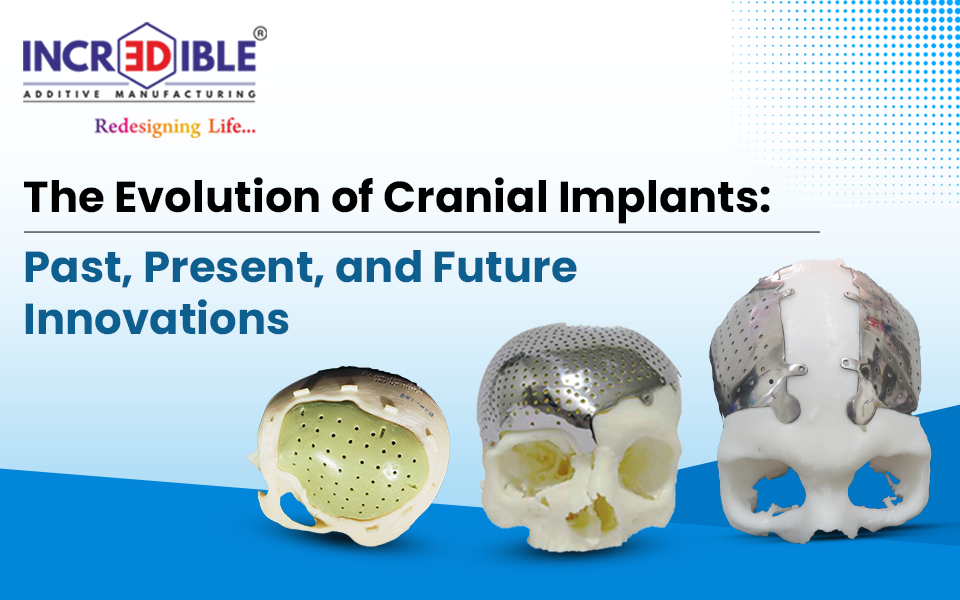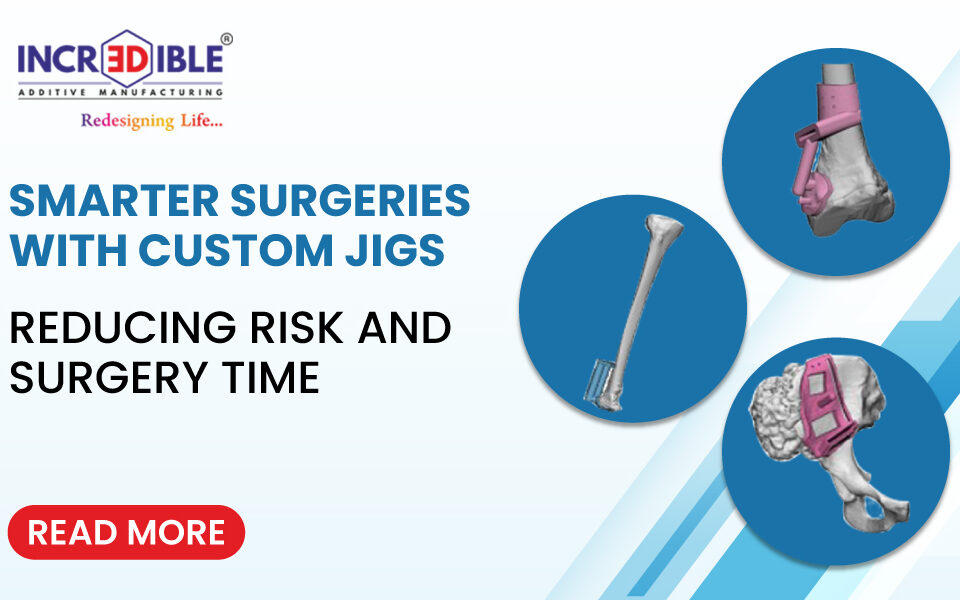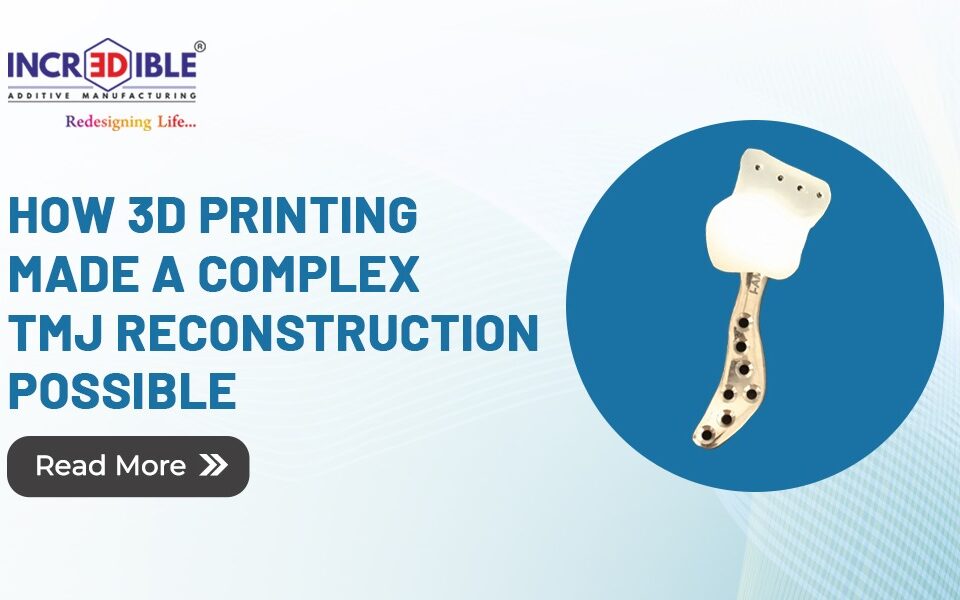Three-dimensional (3D) printing, also known as ‘Additive Manufacturing’ (AM), of orthopedic implants has transfigured the treatment of enormousflaws in bones of the pelvis due to their ability to be customized with complex shapes, size and surface geometries ; which is more complicated to achieve with conventional manufacturing i.e. non 3D printed implants). The process of 3D printing has many changeable variables which are assessed with the possible variation in designs that can be printed, has created even more variables in the final product.
Millions of hip arthroplasty procedures are performed all over the globe and its number are growing every year. The major reason for the use of 3D printed off- the shelf implants is they are successful and remain fixed with bone and restore biomechanical functions of the joint treated. 3D printing creates implants with highly porous structures for enhanced fixation, matching bone characteristics such as pore size, coefficient of friction and modulus of elasticity to avoid stress shielding. Porosity and properties similar to cancellous bone may enable bone-implant interactions that lead to primary stability, bone ingrowth and osseointegration.
What is osseointegration?
Osseointegration is the scientific term for bone ingrowth into a metal implant. An artificial implant is permanently, surgically anchored and integrated into bone, which then grows into the implant.
A successful orthopedic surgery is defined by a stable and long-term fixation of implants. Osseointegration and a functional connection between bone and implants is considered pivotal process of cement less implant fixation and integration. Osseointegration is affected by various factors of which the quality and material of implant is of prime importance. The modification of implant surface has brought the attention of doctors towards the 3D printed orthopedic implants.Porosity and properties similar to cancellous bone may enable bone-implant interactions that lead to primary stability, bone ingrowth and osseointegration.
A femoral stem design featuring a porous structure is proposed to lower its stiffness and allow bone tissue ingrowth. The porous structure is based on a diamond cubic lattice in which the pore size and the strut thickness are selected to meet the biomechanical requirements of the strength and the bone ingrowth.
Similar to the femoral stem implant, 3D printed acetabular cups are successful and form long term alliance during the hip surgery.
Conclusion
Importance of a 3D printed orthopedic implant and its advantage over traditional (non-3D printed) implants for osseointegration have been explained in this blog. We at 3D incredible manufacture certified quality 3D printed medical implants. Under our LimbSal Ortho product segment we offer novel and innovative orthopedic products for limb salvage surgeries in bone cancer, critical and complex revision surgeries. Where we do offer complete end-to-end comprehensive package of solutions including surgical simulation, pre planning, high quality patient specific anatomy model, customized cutting jigs and customized implants with lattice structured porous implants.




